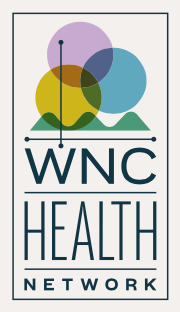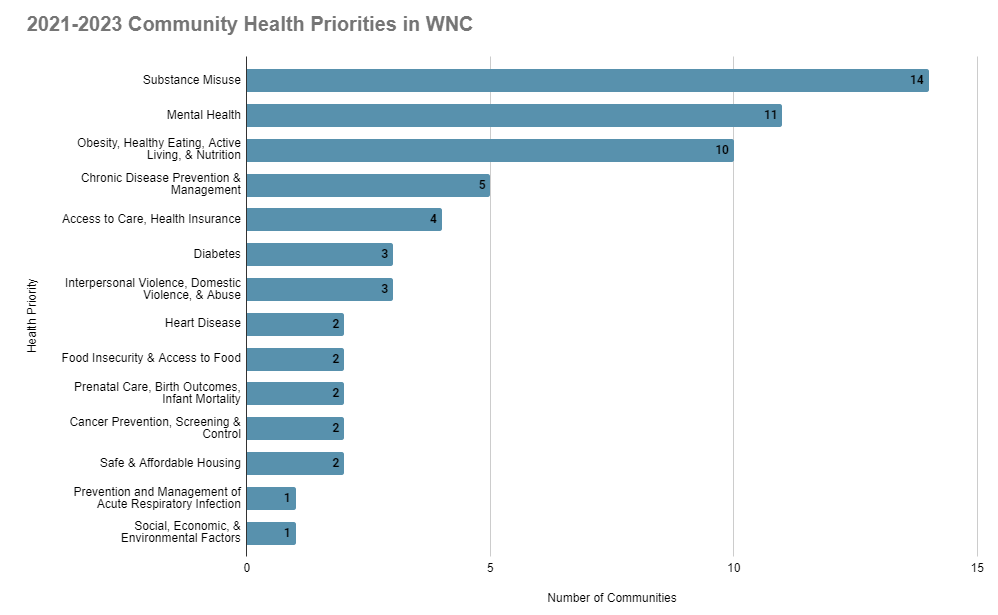What do the numbers say about mental health?
Western North Carolina (WNC) Data:
- Approximately 10% of adults in WNC are dissatisfied with life. The following adult populations were significantly more likely to be dissatisfied with life in 2021:
- Very low income (23.6%) or low income (14.9%)
- Those identifying as Black (14.7%) or American Indian/Alaska Native, Indigenous (14.4%)
(WNCHN – WNC Healthy Impact Community Health Survey, 2021)
Differences in health outcomes across social groups, economic status, and racial/ethnic identity are closely linked with disparities in social determinants of health, which disproportionately burden individuals and communities who experience systemic disadvantage and/or discrimination. See our data story on the Social Determinants of Health to learn more about how the conditions in which people are born, live, work, play, learn, worship, and age can influence their ability to achieve good health for themselves and their families.




